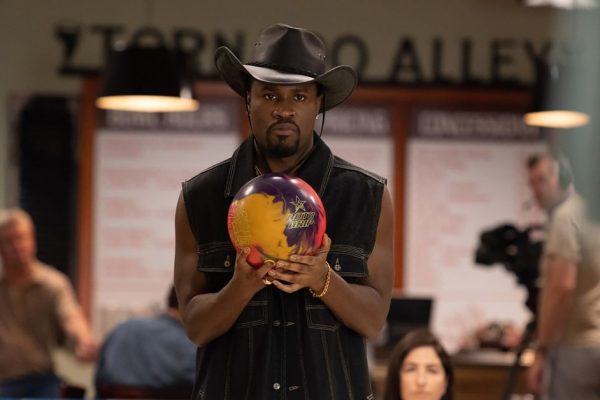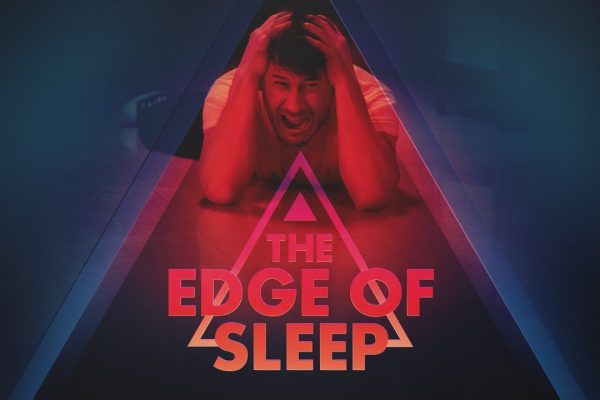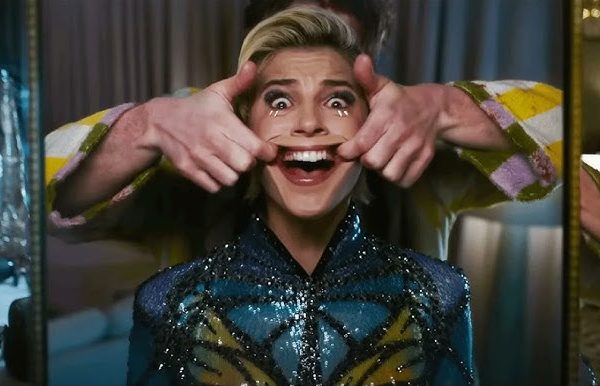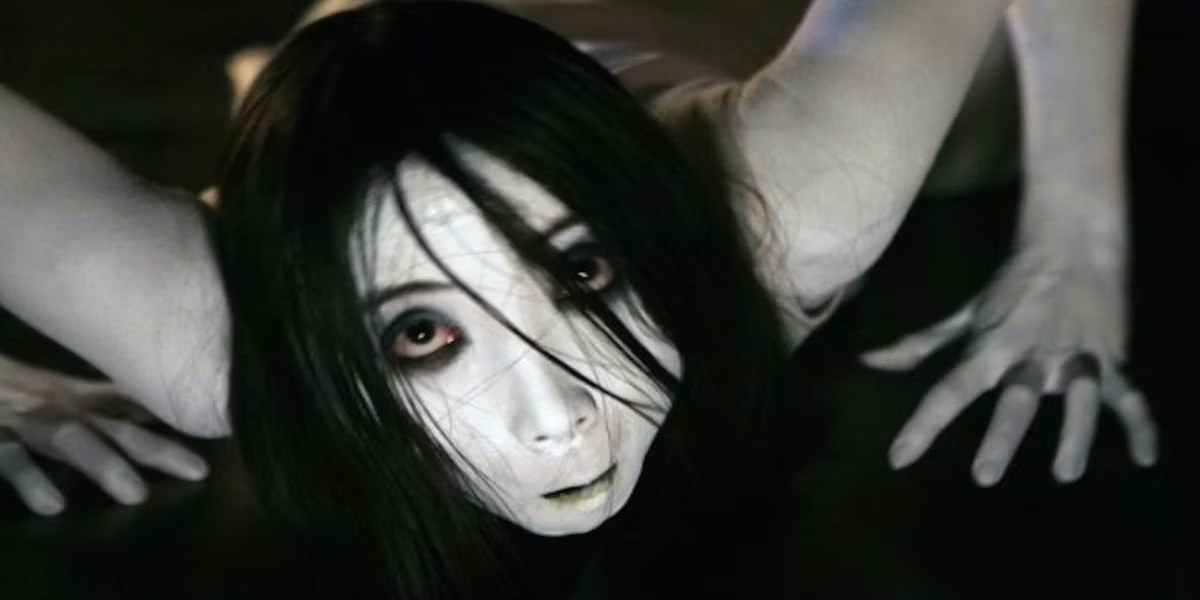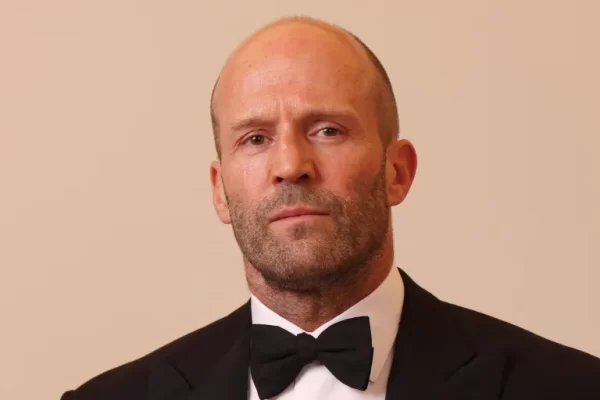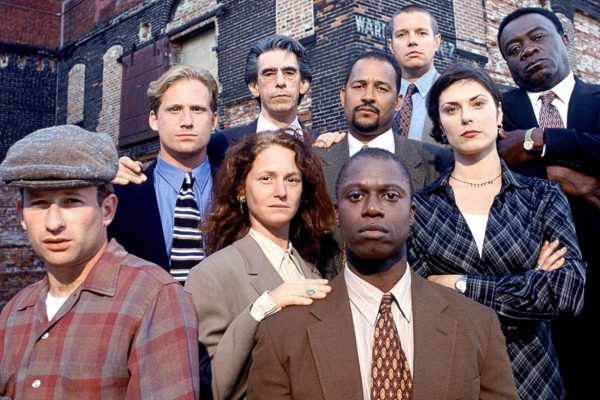As the early 2000s ushered in a wave of interest in Japanese horror films, many American audiences began to experience the chilling stories that had captivated viewers in Japan. Among the most notable of these was The Ring, which became a significant cultural phenomenon. However, another film released shortly after, The Grudge, often gets overlooked despite its unique qualities and strengths. As we reflect on its legacy, it’s clear that The Grudge not only deserves recognition but may actually be a superior film in several respects. Staying True to Its Roots One of the defining features that set The Grudge apart from other American remakes is its commitment to authenticity. Takashi Shimizu, the original director of the Japanese film Ju-On: The Grudge, was retained for the American adaptation. This was a crucial decision, allowing the film to preserve the haunting atmosphere and visual aesthetics of the original. Shimizu’s deep understanding of the material helped ensure that the remake felt like an extension of the original rather than a superficial retelling. In contrast, The Ring, directed by Gore Verbinski, while visually striking, often felt like an American product designed primarily to cater to Western sensibilities. The decision to relocate the story from Japan to Seattle removed it from its cultural context, which altered its impact. While this move was intended to make the story more relatable to American audiences, it inadvertently stripped away some of the haunting qualities that make the original works so unsettling. The Grudge, on the other hand, remained firmly rooted in its origins. The film was shot in Tokyo, allowing the American cast—featuring stars like Sarah Michelle Gellar and Jason Behr—to navigate an authentic Japanese setting. This choice deepened the film’s sense of isolation and horror. The characters are not just out of their element geographically; they are also plunged into a culture that feels foreign and frightening. This adds layers to the narrative, enhancing the psychological dread that permeates the film. The Power of Non-Linear Storytelling Another area where The Grudge excels is in its storytelling technique. Shimizu employs a non-linear narrative structure that mirrors the disorientation and chaos experienced by the characters. This approach immerses viewers in the unsettling atmosphere, making them feel as though they, too, are trapped in the haunting events unfolding on screen. While American audiences are familiar with non-linear storytelling—films like Pulp Fiction showcase its potential—mainstream horror films often stick to a more traditional narrative format. The Ring, for instance, tells its story in a linear fashion, which, while effective, lacks the depth and complexity found in The Grudge. The fragmented storytelling in The Grudge may initially confuse viewers, but it serves to heighten the sense of dread and keeps audiences on edge. This unpredictability allows for a more immersive experience, as viewers are continually forced to grapple with the narrative’s twists and turns. The non-linear format also contributes to the film’s chilling atmosphere. By jumping between different timelines and perspectives, the film creates an unsettling sense of inevitability. The audience is aware that the characters are doomed to encounter the same tragic fate, which amplifies the horror. This structural choice makes The Grudge more than just a series of scares; it becomes an exploration of how trauma and grief can transcend time and space. The Complexity of Its Ghosts Both The Grudge and The Ring feature tragic figures as their central supernatural entities. Samara, the ghost from The Ring, evokes sympathy through her backstory, which reveals the horrific abuse she suffered. Her tale prompts a quest for closure—arranging a proper burial to put her spirit to rest. This narrative thread offers a glimmer of hope, suggesting that healing is possible even in the most harrowing circumstances. Conversely, The Grudge presents a much bleaker portrayal of its ghosts, Kayako and her son Toshio. While their tragic backstory—murdered by Kayako’s husband—elicits sympathy, the film does not offer the possibility of redemption or peace. The curse is unending; the spirits are forever trapped in their cycle of vengeance, destined to haunt anyone who enters their home. This absence of hope contributes to a pervasive sense of despair throughout the film. The ghosts in The Grudge embody the trauma of their violent deaths, spreading their suffering to anyone who crosses their path. The film’s atmosphere is thick with the weight of this tragedy, creating a sense of inevitable doom that lingers long after the credits roll. Unlike The Ring, which allows for a semblance of closure, The Grudge leaves viewers with an unsettling reminder of the persistence of grief and violence. A Box Office Success with Overlooked Depth Despite being a box office success, The Grudge has often been relegated to the shadows of its predecessor, The Ring. The latter grossed significantly more, partly due to its status as a word-of-mouth phenomenon. Audiences flocked to The Ring for repeated viewings, while The Grudge was seen more as an extension of a trend—something to satisfy the appetite for Japanese horror remakes. Opening to $39.1 million compared to The Ring’s $15 million, The Grudge was undeniably a success in its own right. However, it has often been viewed as riding the coattails of the earlier film rather than being celebrated for its artistic merit. Critics at the time were split; some praised its ambition and haunting atmosphere, while others criticized its fragmented structure and bleakness. Roger Ebert, in particular, delivered a scathing review, reflecting a common sentiment that The Grudge fell short when compared to The Ring. Yet, as tastes in horror evolve and audiences become more receptive to different narrative styles, it’s time to reconsider The Grudge’s place in the genre. It may not provide the same sort of catharsis as The Ring, but it offers a rich, unsettling experience that lingers in the mind. Conclusion: Time for a Reassessment In retrospect, The Grudge stands as a bold artistic statement that deserves a second chance. Its commitment to authenticity, innovative storytelling, and deep psychological horror make it a unique entry in the canon of…
